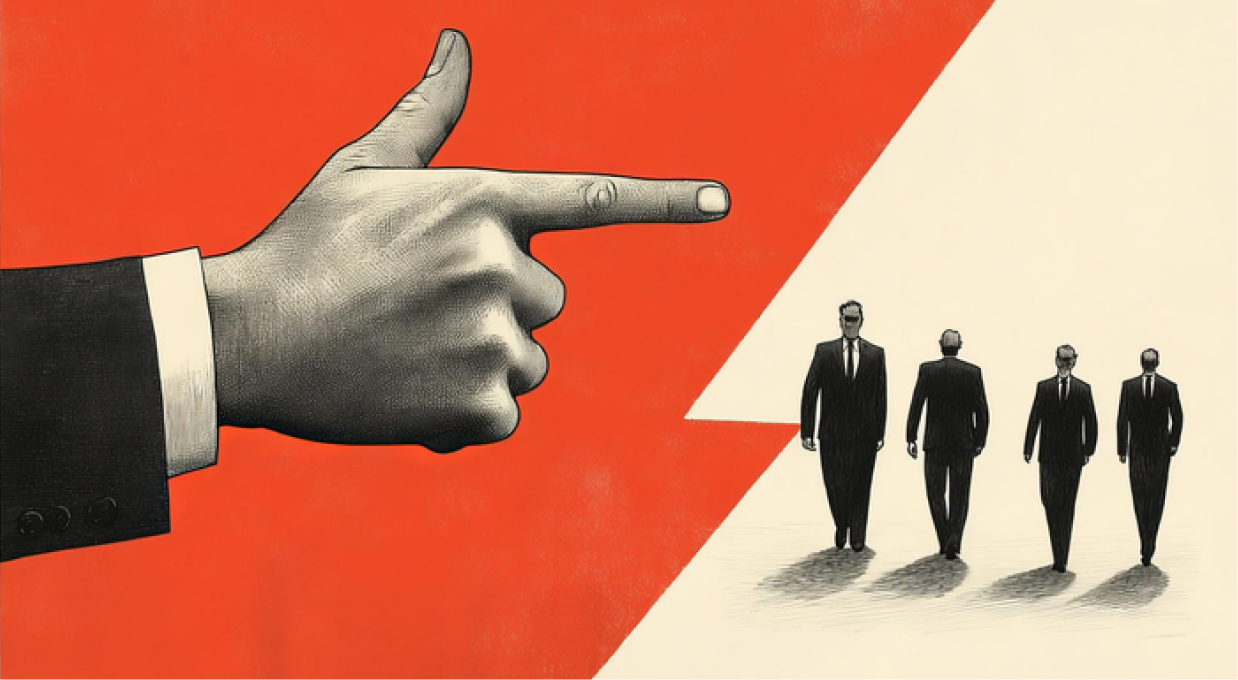by Dr. Siva Kumar Buddha
5 minutes
Lead Like Legends: Timeless Skills for Pharma Professionals from the Lessons of Mahabharata
What Mahabharata’s timeless wisdom can teach pharma professionals about leadership and purpose.

In every era, people have looked for the qualities that make someone a true leader. Today, when leadership is often judged by performance numbers, charisma, or titles, we may forget the deeper qualities that actually sustain good leadership over time, values like purpose, courage, resilience, and fairness. And perhaps surprisingly, many of these lessons are not new. They are timeless, and we can find them in one of the oldest stories known to us, the Mahabharata.
The Mahabharata isn’t just a tale of war; it is a complex and deeply human story about people, choices, and consequences. Through the journeys of its characters, we see what happens when leaders act with clarity and integrity, and also what unfolds when ego, arrogance, or silence take over. For anyone in a leadership role today, whether leading a team, a family, or a cause, there is a lot to reflect on from this epic.
One of the most striking things about true leadership is the ability to hold on to purpose even in the most uncertain or emotionally intense moments. Arjuna, standing on the battlefield, found himself frozen by doubt and fear. He saw his loved ones on both sides and questioned the very point of fighting. Many of us, in our own leadership roles, face such emotional confusion, especially when decisions impact people’s lives or careers. In that moment, it was not power, but clear, steady guidance that helped Arjuna move forward. Krishna didn’t tell him what he wanted to hear; he helped him reconnect with his duty, his values, and the bigger picture. That is what a good leader or mentor does. Not just giving answers, but helping others find clarity when the mind is clouded.
Leadership also demands the ability to take a stand, sometimes alone, and sometimes when it is not convenient. Vidura, the wise minister, did exactly that. While others in the royal court remained silent as injustice was done, Vidura raised his voice. He didn’t succeed in changing the course of events, but his courage to speak up for what was right still stands out. It’s a reminder that leadership is not always about winning; it’s about showing character.
On the other hand, Yudhishthira shows us what patience and long-term thinking can look like. After losing everything in the dice game, a moment that could have broken anyone, he did not lose control or take revenge. During exile, he worked silently to keep the group together, made space for healing, and waited for the right time to act. It’s easy to make loud, fast decisions. It’s much harder to sit with discomfort and plan with maturity. But leaders often need to choose the second path.
Another rarely spoken example of inner leadership is that of Hanuman, who makes a brief yet impactful appearance in the Mahabharata during Bhima’s journey to find the Saugandhika flower. When Bhima encounters an old monkey lying across his path, he tries to move its tail but fails. That monkey is none other than Hanuman, his elder brother. The episode reminds Bhima, a symbol of physical strength, that real strength lies in humility and self-awareness. Hanuman, despite being mighty, does not show off. He teaches through calm presence, not force.

In today’s world, where leadership is often mistaken for dominance or constant visibility, Hanuman’s quiet power stands as a valuable example. Leaders don’t always need to be loud; they need to be deeply rooted, aware, and capable of lifting others without lifting their voice.
But not all leadership in the Mahabharata was ideal. Bhishma, for all his wisdom, chose silence at critical times. Karna, despite his loyalty and bravery, let personal hurt and misplaced loyalty guide his choices. Duryodhana refused to listen, even when offered peace. These characters teach us something just as important, what leadership should avoid. Ego, silence in the face of wrong, and surrounding oneself only with those who agree can lead to downfall.
When we look at modern workplaces or communities, we may not have battles with bows and arrows, but we still face complex conflicts. Do we choose performance over people? Do we speak up when we see something unfair? Do we guide our teams with clarity or control them with fear? These are the real questions that define our leadership.
The Mahabharata doesn’t give black-and-white answers. But it gives us powerful mirrors. It shows us that leadership is not about being perfect; it’s about being awake, being responsible, and being courageous when it counts.
And maybe, that’s what we need most in our leaders today.
Leadership is not about commanding others, but about mastering oneself and choosing the right path when the road splits between ease and integrity.



